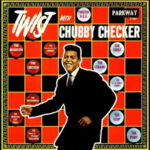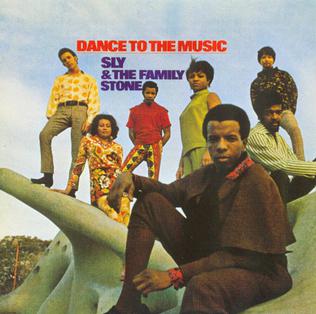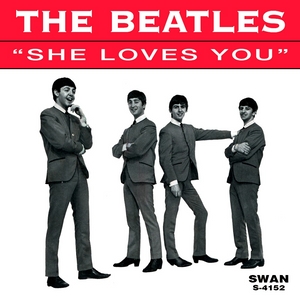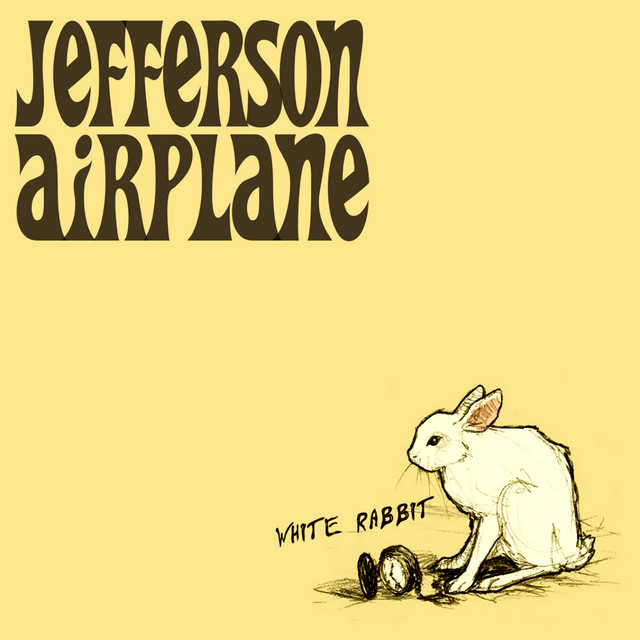 Few songs in history have had the cultural impact of Chubby Checker’s “The Twist.” More than just a pop single, it was a revolution in movement, a seismic shift in how people experienced music, and a phenomenon that defined an era. When “The Twist” first hit the airwaves in 1960, it didn’t just climb the charts—it reshaped the very fabric of popular culture by breaking down barriers of race, age, and formality on the dance floor.
Few songs in history have had the cultural impact of Chubby Checker’s “The Twist.” More than just a pop single, it was a revolution in movement, a seismic shift in how people experienced music, and a phenomenon that defined an era. When “The Twist” first hit the airwaves in 1960, it didn’t just climb the charts—it reshaped the very fabric of popular culture by breaking down barriers of race, age, and formality on the dance floor.
At its core, “The Twist” is deceptively simple: a straightforward rock and roll number with lyrics instructing people to dance in a new way. But its effects were anything but simple. It ignited a dance craze that spread from teenagers to adults, from small-town America to high-society ballrooms, and from the U.S. to the rest of the world. Decades later, it remains the only song to top the Billboard Hot 100 chart in two separate runs, in 1960 and again in 1962—a testament to its enduring appeal.
This article takes a deep dive into the story of “The Twist,” exploring its origins, rise, cultural impact, and lasting legacy as one of the most important songs in the history of popular music.
The Origins of “The Twist”
Although Chubby Checker made “The Twist” famous, he wasn’t the first to record it. The song was written by Hank Ballard, a rhythm and blues musician best known for fronting Hank Ballard and the Midnighters. Ballard originally cut the track in 1958 as the B-side to “Teardrops on Your Letter.” His version had all the ingredients of a hit—catchy rhythm, simple instructions, and an infectious groove—but it didn’t immediately take off outside R&B circles.
It was Dick Clark, the influential host of American Bandstand, who saw the song’s potential. Clark realized that a slightly cleaner, more mainstream version could appeal to a wider audience, especially teenagers. He suggested the song to Parkway Records, and the label turned to a young singer named Ernest Evans—soon to be known by his stage name, Chubby Checker.
Chubby Checker: From Chicken-Plucker to Chart-Topper
Ernest Evans was born in South Carolina in 1941 and raised in South Philadelphia. Before his big break, he worked at a poultry shop and entertained customers by doing vocal impressions of popular singers. His knack for mimicry earned him the nickname “Chubby,” and when Dick Clark’s wife jokingly compared him to a young Fats Domino, the surname “Checker” was added.
Checker’s early recordings showed promise, but “The Twist” would be the song that transformed him from a regional talent into a national star. His version, released in 1960, was brighter, bouncier, and more polished than Ballard’s original. Crucially, Checker’s wholesome image made the song palatable to mainstream white audiences who might have otherwise dismissed it as just another R&B track.
The Dance That Changed Everything
Part of the genius of “The Twist” was that it came with built-in choreography. The lyrics themselves acted as instructions:
“Come on baby, let’s do the twist / Take me by my little hand / And go like this.”
Unlike earlier popular dances like the jitterbug or the cha-cha, which required partners to move in sync with complicated steps, the Twist was simple and individualistic. All you had to do was plant your feet, swivel your hips, and rotate your torso as if grinding out a cigarette with your toe while drying your back with a towel.
This simplicity was revolutionary. It meant anyone could do it, regardless of age or skill level. It also allowed people to dance without touching—a departure from traditional partner dances and a step toward the freer, more expressive styles that would dominate the 1960s and beyond.
The Twist Craze
“The Twist” first reached number one on the Billboard Hot 100 in September 1960. The song’s popularity skyrocketed after Checker performed it on American Bandstand, exposing millions of teenagers to both the music and the dance. Suddenly, the Twist wasn’t just a fad—it was a national obsession.
Teenagers embraced it immediately, but what made the Twist unique was how quickly it spread to adults. Soon, middle-aged couples, celebrities, and even politicians were twisting at nightclubs, weddings, and high-society galas. In 1961, Checker performed the dance on The Ed Sullivan Show, bringing it into living rooms across America. By 1962, the craze had returned so forcefully that “The Twist” climbed the charts again, reclaiming the number one spot—a feat no other song has ever accomplished.
Crossing Boundaries
What made “The Twist” truly revolutionary was its ability to bridge divides. In an era when racial segregation was still widespread, the dance craze brought Black and white audiences together on the same dance floors. The Twist was rooted in African American rhythm and blues traditions, yet it became universally embraced across racial and social lines.
Moreover, the Twist challenged generational norms. Parents who had once disapproved of rock and roll now found themselves joining their children on the dance floor. The New York Times famously reported that even high-society venues like the Peppermint Lounge and the Waldorf Astoria had succumbed to Twist fever.
Critical and Cultural Backlash
Of course, not everyone welcomed the Twist with open arms. Critics and moral guardians saw it as scandalous, largely because of the hip-swiveling motions associated with the dance. For some, it was yet another example of rock and roll corrupting America’s youth. The Catholic Church and conservative commentators decried it as lewd, with one New York Times columnist warning that the dance was “enough to arouse the envy of a Hula dancer.”
Yet the controversy only fueled its popularity. The more adults frowned upon it, the more teenagers flocked to it. By the time adults themselves joined the craze, the Twist had become unavoidable.
Chart Success and Records
“The Twist” remains unique in chart history. After first hitting number one in 1960, it resurfaced in 1962 following renewed interest in the dance craze. No other single has ever topped the Billboard Hot 100 chart in two separate chart runs.
In 2008, Billboard ranked “The Twist” as the most successful single in the history of the Hot 100, ahead of even the Beatles’ and Elvis Presley’s biggest hits. That accolade underscored the song’s lasting power not just as a novelty, but as a defining piece of pop culture.
Chubby Checker and the Aftermath
For Chubby Checker, “The Twist” was both a blessing and a curse. It catapulted him to stardom, but it also pigeonholed him as the “dance craze” singer. He followed up with other dance-themed hits like “Pony Time,” “Let’s Twist Again,” and “Limbo Rock,” but none matched the cultural force of “The Twist.”
Checker himself has often expressed frustration that the industry never gave him the same long-term respect afforded to contemporaries like Elvis or Chuck Berry. Yet he remains proud of his role in changing popular dance forever. Even into the 21st century, Checker continues to perform “The Twist,” and audiences continue to respond with enthusiasm.
The Twist’s Influence on Dance Culture
The success of “The Twist” paved the way for a string of other dance crazes in the 1960s, including the Mashed Potato, the Watusi, and the Monkey. Each of these capitalized on the formula of pairing catchy music with simple, easy-to-learn dance moves.
But more importantly, the Twist broke the mold for how people danced. By encouraging individual movement rather than structured partner routines, it laid the groundwork for the free-form dancing of the disco era, the improvisational styles of funk and hip-hop, and even modern club dancing.
In a way, every dance floor from Studio 54 to contemporary EDM festivals owes a debt to the Twist.
The Twist in Popular Culture
Even decades after its release, “The Twist” remains a cultural touchstone. It has appeared in films, television shows, and commercials, often used to evoke the innocence and excitement of early 1960s pop culture. John Travolta famously revived the dance in Pulp Fiction (1994), though to the tune of Chuck Berry’s “You Never Can Tell.”
The song has also been referenced in countless retrospectives about rock and roll, often cited as one of the pivotal moments when popular music reshaped social norms. It’s not just remembered as a catchy tune, but as a phenomenon that signaled a generational and cultural shift.
Why “The Twist” Endures
So why does “The Twist” still matter more than 60 years later? The answer lies in its universality. It wasn’t just a song or a dance—it was an experience that anyone could join, regardless of background. It didn’t require training, rhythm, or a partner. All you needed was willingness to move.
In this way, “The Twist” democratized dance. It removed barriers of class, race, and skill, inviting everyone to participate. That spirit of inclusivity remains relevant today, as dance continues to be a form of personal and communal expression across cultures.
Conclusion
Chubby Checker’s “The Twist” is more than just a pop hit—it’s a cultural milestone. It changed the way people danced, brought communities together, challenged social norms, and made history by topping the charts twice. Its influence can still be felt in every nightclub, wedding reception, and festival where people let loose on the dance floor without worrying about formal steps or partners.
For Chubby Checker, it was the song that defined his career. For America, it was the soundtrack to a social revolution. And for the world, it was proof that music and dance have the power to break down barriers and bring people together.
Six decades later, “The Twist” remains an anthem of joy, freedom, and unity—a simple song with a world-changing legacy.


